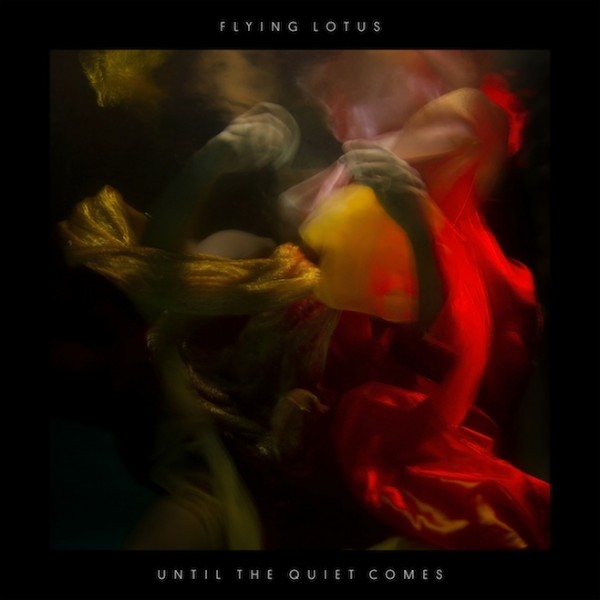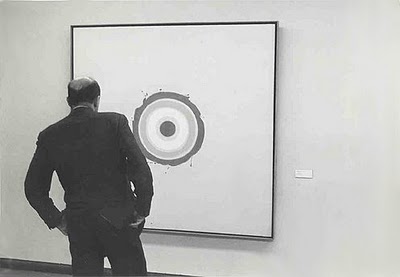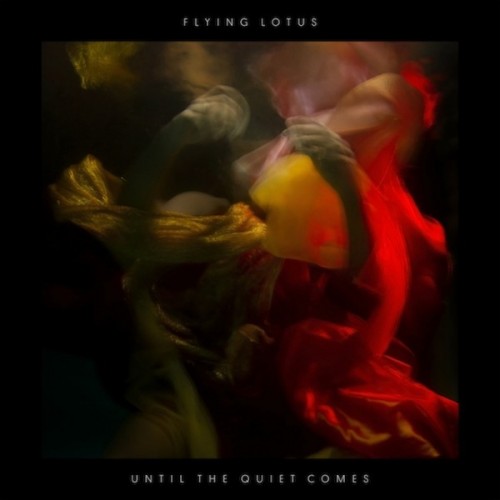
Uncategorized
This week in Art as Discourse, we discussed Clement Greenberg’s 1960 article “Modernist Painting.” In it, Greenberg identifies modernism with a self-critical tendency, which he believes began with the philosopher Kant who was the first to criticize the means of criticism itself. He says, “Modernism criticizes from the inside, through the procedures themselves of that which is being criticized.”
I would also like to criticize criticism. I find this need to categorize and label to be a bit tiresome and tedious. I am much more interested in talking about content than structure, in ideas than parameters, in the nature of a thing, rather than its form. If the principal ideology of Modern art is to criticize art, is it art or pictorial art criticism?
In regards to defining modernism and postmodernism, it seems an impossible venture to name the epoch that one is in or to determine the beginning of a new epoch in present time. In this, I agree with Greenberg and feel that this is what he is alluding to when he states that art criticism and art history lag[ged] behind Modernism by suggesting “that each new phase of Modernist art should be hailed as a whole new epoch in art, marking a decisive break with all the customs and conventions of the past.” He goes on to say that “Art is—among other things—continuity, and unthinkable without it.”
This returns me to Siegfried Giedion’s idea that,
History is a magical mirror. Who peers into it sees his own image in the shape of events and developments… History bares itself only in facets, which fluctuate with the vantage point of the observer.
This also brings to mind the lyrics from the song Cult of Personality by Living Colour.
When a mirror speaks, the reflection lies…
How can you possibly define that which is right in front of you when all you can perceive is its reflection—a reflection which is tainted, obscured, or, at the least, influenced by (to quote George Kubler) “historical and public attitudes, borrowed ideas, and traditional accumulations?”

Clement Greenberg
With art criticism having so many points of view and “authorities” to offer “facts” and opinions, who is “right”? Even Greenberg, (who is considered to be the single most influential art critic in the 20th century and, specifically, of the modernist era) in his 1979 article “Modern & Postmodern” withdraws some of his own earlier ideas about what Modernism is. He retracts his idea that Modern art is self-critical because he has no meter with which to guage how art that is self-critical could be told from art that isn’t. When he stated in his 1960 article that “art is continuity,” he seemed to be paving the way for his 1979 declaration that “the whole enterprise of Modernism… can be seen as backward-looking.” And, back to his 1960 article,
Modernist art continues the past without gap or break, and wherever it may end up it will never cease being intelligible in terms of the past.
If the tenets of Modernism and Postmodernism are used to form the crux of the discussion in graduate art programs, then maybe it’s time for a new paradigm. Some of what I see in Modern art is the tendency to create art for the mind, i.e. conceptual art and/or art depending on the contextual. However, is the aesthetic of that art strong enough to inspire you to care about the concept or the context? Should it not be able to stand on its own first, and then invite you in for the conversation? Does it have personal meaning outside of its categorical referential? Some of the questions that I present when viewing art are: Does the content of this work inspire you, speak to you, entice you, incite you? Does it invite you in for a conversation?
The Flying Lotus video, “Until the Quiet Comes,” by Kahlil Joseph, does all of the above for me…

